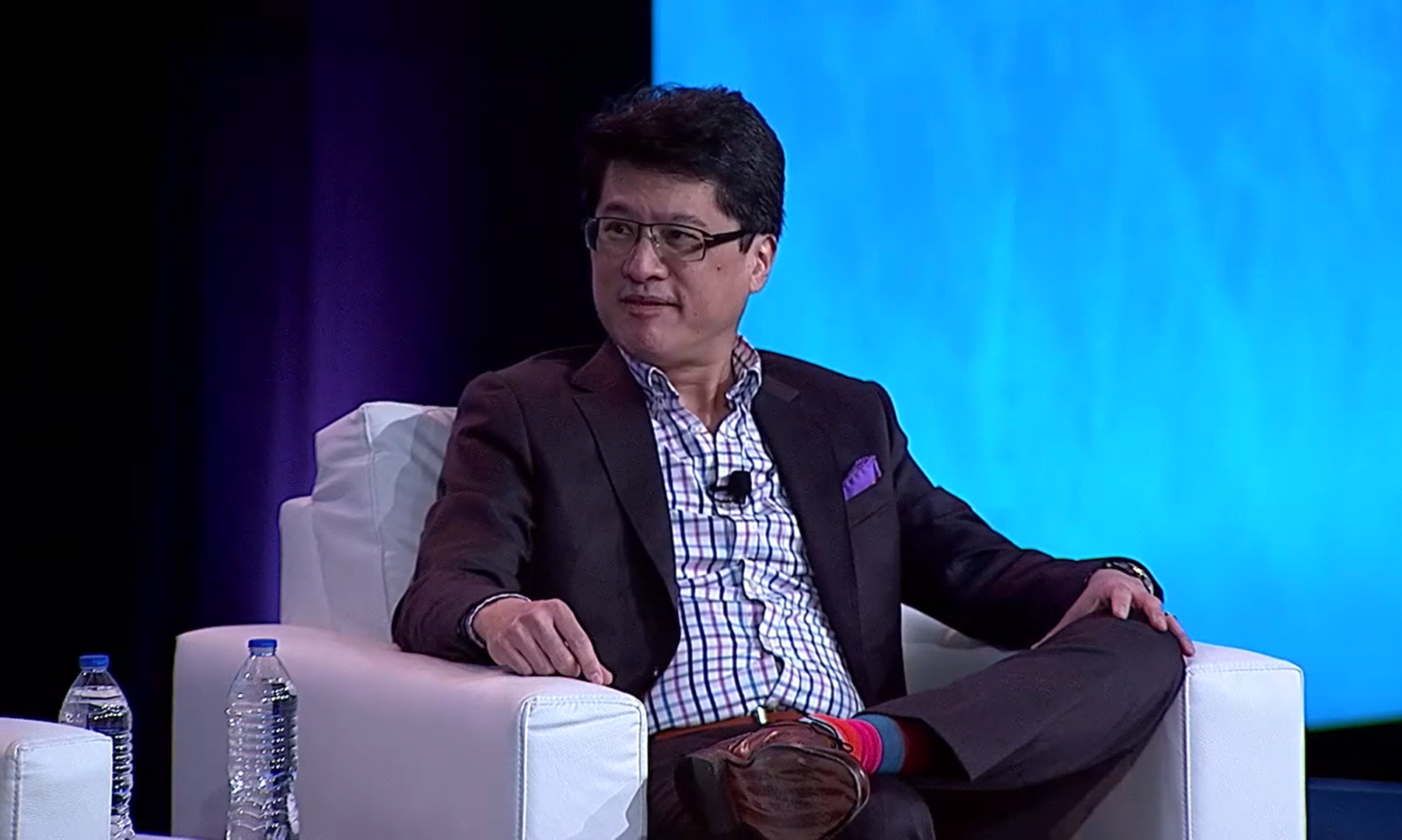I hate to retract my prior glowing review of turning on Vonage service, but the service stinks from a quality of service perspective. I hinted at QoS issues from other perspectives in another post.
A few key notes (perhaps I didn’t make before):
- My primary reason for selecting Vonage was to provide me with telcom flexibility (so that I could add 2 to 3 more lines, e.g., for contractors). Bandwidth tests using the Vonage do-hicky indicate there is sufficient bandwidth (I now speculate that it is calculated using average bandwidth during Internet idle). My upload speed is 250kbps and Vonage recommends 90kbps or greater. My download speed is 598kbps. (Thus, my expectations have not been managed here properly).
- I have DSL (many others are using cable).
Some problems I’ve run into:
- The ringing one hears in the earpiece when dialing a call – well the Linksys box doesn’t reliably create this tone for me. Sometimes calls go through without me knowing ’cause there’s total silence. Not sure if this a Linksys box problem or an interworking issue with the Vonage service.
- Outgoing calls don’t dial reliably (perhaps 1 in 8 calls successfully dial out).
- People report not being able to ring me (inbound call problem).
- If I try to use the Internet while also being on the Vonage call, I’ve had calls dropped mid-call (e.g., using web conference software like GoToMeeting, sales CRM software, financial software, or web mail). Alternatively, sometimes access to web services gets blocked when I’m on the phone.
- Hang-up time is slow. Bad if trying to make quick phone calls.
I’m very sorry if I led people to select this service, but one’s mileage will vary with Vonage (and likely other VoIP players).
Update (8/5/05): Service is just getting worse as I find more bugs. I find that (frequently) when I ring people, sometimes they answer and hear silence, but I still hear ringing, and the call is never answered. Yet, I never go to voice mail. Somehow the Vonage system isn’t detecting the called party picking up the phone.
Update (11/9/05): My Vonage service improved quite a bit after having some SBC folks come out to check out my DSL connection. While the average data rate for my line seemed to be OK according to the Vonage software checker, the peak capacity for my DSL was suboptimal due to the way SBC installed things. SBC personnel forgot to take off some do-hicky adapter outside by the wire box. The adapter was an old adapter that was used to facilitate plug in of diagnostic gear for pre-DSL lines. The net effect of the adapter was to create an additional filter on the DSL line, thus slowing down the peak rates. So the essence of the problem seems to be two-fold: SBC needs to work on its outside of the plant operating procedure (whether that is a quality control issue), and Vonage probably needs to modify its capacity-checking software or provide caveats to customers.
